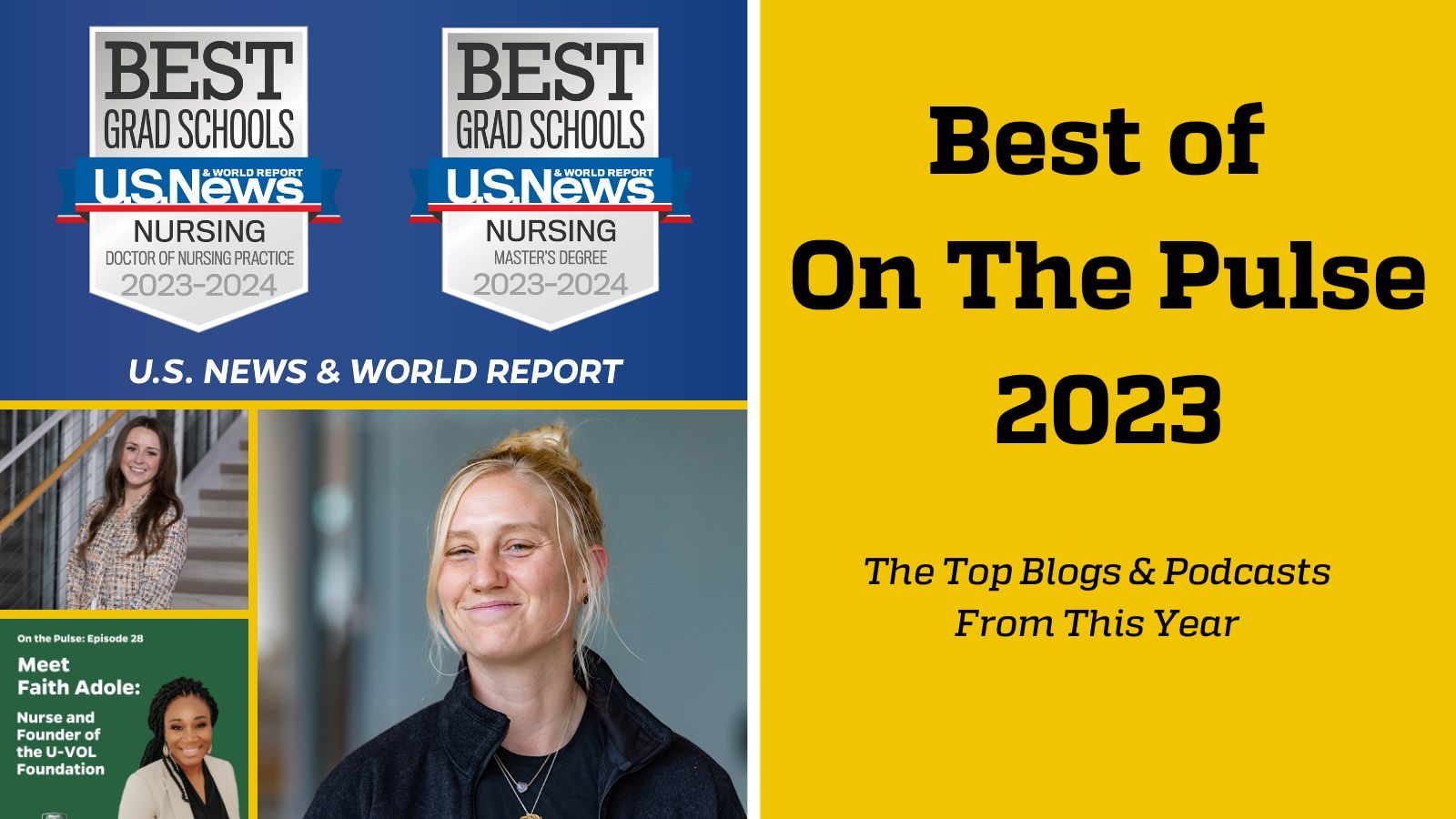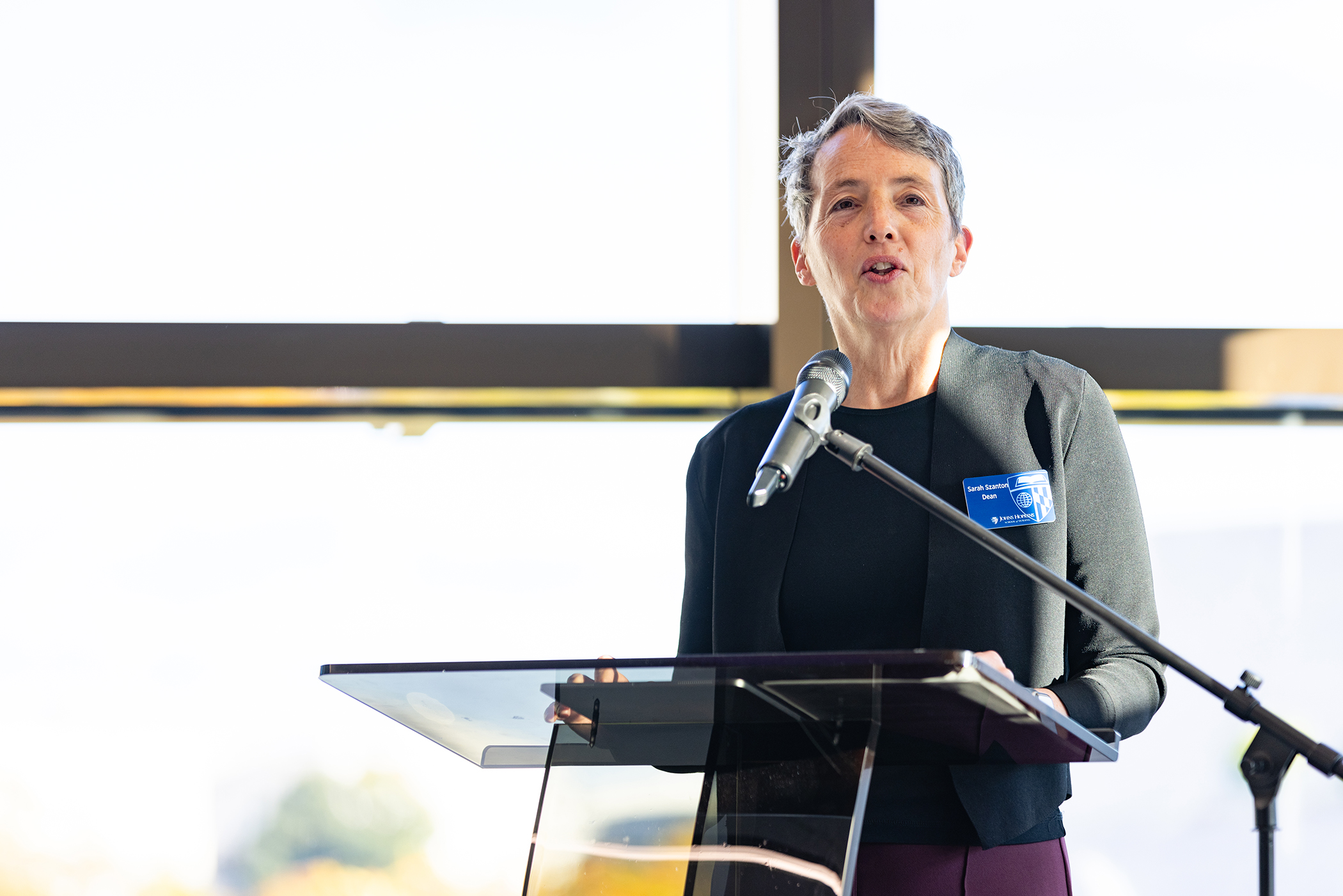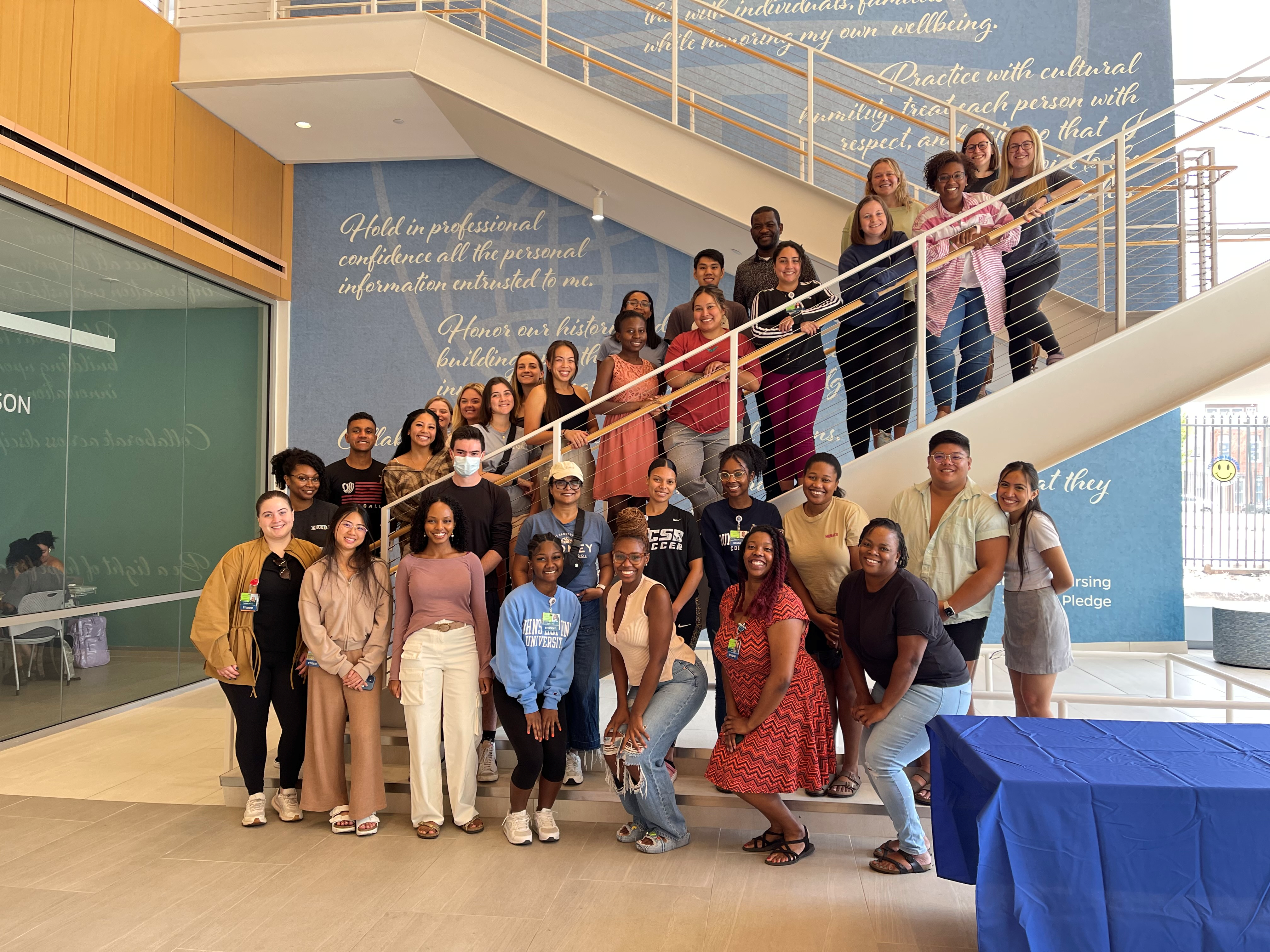
In celebration of National Nurses Week, take a look back through the years of nursing starting with the birth of modern nursing.
1775
George Washington called on women to care for wounded soldiers during the Revolutionary War. Previously, military nursing had been done by male soldiers. The army realized that if more women served as nurses, more men could fight in battle. Nurses received a salary of $2 per month.
1841
After witnessing the disheartening treatment of prisoners, in particular those with mental illnesses, Dorothea Dix, famous Civil War nurse who served as superintendent of army nurses, began advocating for established mental institutions.
1854
 Florence Nightingale, well-educated and wealthy, became a nurse against her English parent’s wishes and the social norm that nurse work was for the lowly and poor. During the Crimean War, Nightingale improved unsanitary conditions and dramatically reduced death rates caused by infectious diseases.
Florence Nightingale, well-educated and wealthy, became a nurse against her English parent’s wishes and the social norm that nurse work was for the lowly and poor. During the Crimean War, Nightingale improved unsanitary conditions and dramatically reduced death rates caused by infectious diseases.
She is known as the “Lady with the Lamp” for making nightly rounds to take care of wounded soldiers. JHSON celebrates Nightingale’s legacy and contribution to nursing at its annual Lighting of the Lamp ceremony.
Late 1800s
Training schools were established within hospitals. Students could receive clinical schooling in exchange for providing free nursing care. The presence of nurses was tranformational for hospitals, which saw more organization, nursing interventions, and the humanization of medical practice. The Johns Hopkins Hospital Training School for Nurses opened in October of 1889.
1873
Linda Anne Judson Richards, America’s first trained nurse, graduated from the New England Hospital for Women and Children. America’s first African-American trained nurse, Mary Eliza Mahoney, graduated from New England Hospital in 1879.
1893
The American Society of Superintendents of Training Schools for Nurses was established. Isabel Hampton Robb, superintendent of nurses at the Johns Hopkins Hospital Training School for Nurses, was the society’s first president. The organization is now known as the National League for Nursing.
1896
The Nurses Associated Alumnae of the United States and Canada, known today as the American Nurses Association, was established. Fewer than 20 nurses attended the first convention. The National Association of Colored Graduate Nurses was established in 1907 and later merged with the ANA.
 Early 1900s
Early 1900s
The recognized relationship between bacteria and illness swept across the globe. Nurses were instrumental in raising awareness about disease prevention. They focused on care for immigrant and poor communities, and death rates from infectious diseases saw a significant drop. Nurses were also hired to do in-home care.
Standards were set to mark the differences between untrained nurses, assistive personnel, and trained nurses.
The first colleges began offering nursing degree programs.
1912
Lillian D. Wald founded and led the National Organization for Public Health Nursing. She was the first nurse to define public health nursing as nurses’ work within homes and community settings.
1930s
Technology continued to grow as did the demand for nurses. More people than ever needed more complex care, and by the 1950s, hospitals became the biggest employer for registered nurses.
1950s
Critical care nursing and intensive care units were born. There was a need for areas within the hospitals to care for critically ill patients, like those with polio. Death rates again plummeted due to the change, and by the 1960s, hospitals also had critical care units for patients with heart disease.
1956
The first master’s program for nurses was offered by Columbia University School of Nursing.
 1960s
1960s
Nurses still wore white dresses and caps, and it was expected that nurses would stand when a doctor entered the room. The Bachelor of Science in Nursing degree was recommended as the minimum degree requirement to begin nursing practice.
1970s
Clinical Nurse Specialists were practicing in full swing. CNS roles in psychiatric/mental health, cardiac, oncology, and community health had been established. Nurse practitioner programs in colleges were growing as was certification for the nursing administration specialty.
1980s
The profession saw a significant shortage and many nurses worked mandatory overtime. In 1980, the ANA published Nursing: A Social Policy Statement to describe nurse responsibility and to advocate for its role.
The Kardex was a nurse essential. It was a paper card-filing system that recorded patient information like medications, diet, procedures, etc. It was usually kept at the nurses station.
1984
The Johns Hopkins University School of Nursing opened as a degree-granting division of Johns Hopkins University.
1990s
Nurse practitioners and certified nurse midwives dramatically grew in numbers and became more widely accepted as members of the health care team. At JHSON, the first accelerated program was launched. Students could earn a BS in Nursing in 13 months.
1992
The Lillian D. Wald Community Nursing Center was established by JHSON to serve Baltimore’s underinsured.
1993
The American Nurses Association designated May 6-12 as the permanent week to celebrate “National Nurses Week.” The first doctoral program, which began with 5 students, was established at JHSON.
 1998
1998
Johns Hopkins University’s Anne M. Pinkard Building opened. It was the first building dedicated to the education of Hopkins nurses.
2000s
The need for more advanced nursing continued to grow. The 2010 Future of Nursing report recommended nurses achieve higher levels of education and be full partners in redesigning health care.
2004
JHSON partnered with Peking Union Medical College to offer the first doctoral education of nurses in China.
2007
The Doctor of Nursing Practice program was established at the JHSON.
2015
JHSON launched the Master of Science in Nursing (MSN): Entry into Nursing program
 2016
2016
JHSON is ranked the No. 1 master’s program in the country and No. 2 DNP program among schools of nursing by U.S. News & World Report and the No. 2 nursing school in the world by QS World University.
ABOUT THE AUTHOR: DANIELLE KRESS
As Media Relations Coordinator/Writer, Danielle connects media with the faculty and students of the school of nursing. She writes press releases, magazine articles, blog posts, and more.
 You’re Welcome
You’re Welcome Nursing Named Most Trusted Profession for 22nd Consecutive Year
Nursing Named Most Trusted Profession for 22nd Consecutive Year Best of On The Pulse 2023
Best of On The Pulse 2023 From the Dean: Here & Now
From the Dean: Here & Now The Learning Collaborative: ‘I Think I Can, I Think I Can …’
The Learning Collaborative: ‘I Think I Can, I Think I Can …’







